«Breitspurbahn» high-speed: trains and railways of Nazi Germany (Part IV).


NS Gemeinschaft Kraft durch Freude ( for German "Strength through Joy"; KdF) was a German entertainment organization run by the NSDAP in Nazi Germany.
KdF had several separate departments.
The Beauty of Work department (Schönheit der Arbeit) was dedicated to improving workplaces, from general hygiene to reducing sound pollution.
Other departments included the Office of Sport (Sportamt), the Office of Adult Education (Volksbildungswerk), the Office of Leisure (Amt Feierabend), the Office of Folklore and Homeland (Amt für Volkstum und Heimat) and the Office of Travel, Hiking and Recreation (Amt Feierabend).



The plans for future routes were drawn up personally by Adolf Hitler: Berlin – Moscow, Berlin – Stalingrad, Berlin – Leningrad, Berlin – Istanbul, etc.
In the plans, the names of the cities were written with the same names.
The distance from Berlin to Moscow is 1923 km, to Istanbul – 2429 km. to Bucharest – 1759 km. Rome is 1,627 km away.
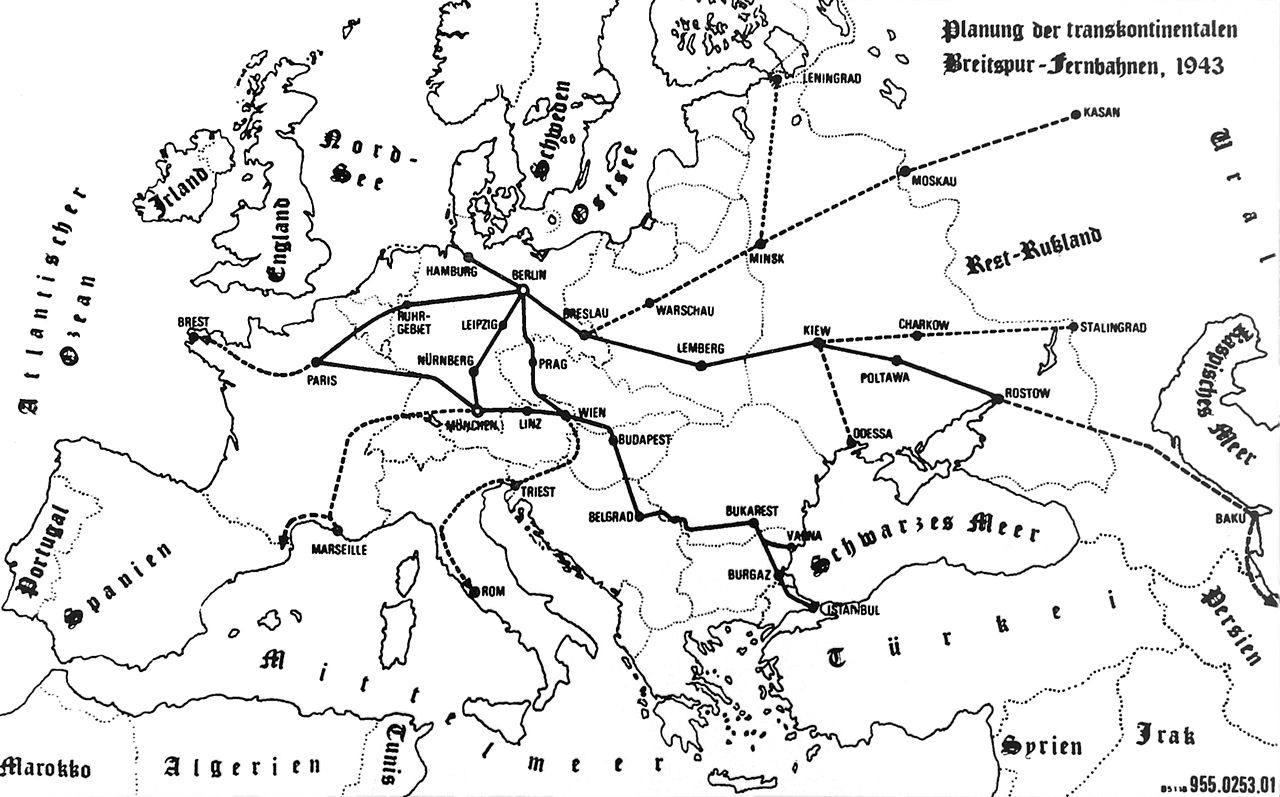
Route map «Breitspurbahn» 1943.
Routes:
East-West:
Rostow-Stalino-Poltawa-Kiew-Lemberg-Krakau-Kattowitz-Breslau-Cottbus-Berlin-Hannover-Bielefeld;
Ruhrgebiet-Aachen-Lüttich-St.Quentin-Paris.
North-Southeast:
Hamburg-Wittenberge-Berlin-Leipzig-Gotha-Bamberg-Nürnberg-München-Simbach;
am Inn-Linz-Wien-Preßburg-Budapest-Belgrad-Bukarest-Varna/Burgas-Istanbul.
North-South-Parallel-route:
Berlin-Dresden-Augsburg-Prag-Iglau-Znaim-Wien-Triest-Rom.
East-West Part Two:
München-Augsburg-Stuttgart-Karlsruhe-Metz-Reims-Paris-Marseille-Spain.
According to Gunther Wiens, Doctor of Technical Sciences, head of the «Breitspurbahn» project, and his colleagues, the main work on creating a network of broad-gauge expressways should have been completed by 1950.
A rare color photograph showing the brand new 03 1081 Reichsbahn high-speed train at Bw Amstetten / Lower Danube. 20 September 1940:


NS Gemeinschaft Kraft durch Freude ( for German "Strength through Joy"; KdF) was a German entertainment organization run by the NSDAP in Nazi Germany.
KdF had several separate departments.
The Beauty of Work department (Schönheit der Arbeit) was dedicated to improving workplaces, from general hygiene to reducing sound pollution.
Other departments included the Office of Sport (Sportamt), the Office of Adult Education (Volksbildungswerk), the Office of Leisure (Amt Feierabend), the Office of Folklore and Homeland (Amt für Volkstum und Heimat) and the Office of Travel, Hiking and Recreation (Amt Feierabend).



The plans for future routes were drawn up personally by Adolf Hitler: Berlin – Moscow, Berlin – Stalingrad, Berlin – Leningrad, Berlin – Istanbul, etc.
In the plans, the names of the cities were written with the same names.
The distance from Berlin to Moscow is 1923 km, to Istanbul – 2429 km. to Bucharest – 1759 km. Rome is 1,627 km away.

Route map «Breitspurbahn» 1943.
Routes:
East-West:
Rostow-Stalino-Poltawa-Kiew-Lemberg-Krakau-Kattowitz-Breslau-Cottbus-Berlin-Hannover-Bielefeld;
Ruhrgebiet-Aachen-Lüttich-St.Quentin-Paris.
North-Southeast:
Hamburg-Wittenberge-Berlin-Leipzig-Gotha-Bamberg-Nürnberg-München-Simbach;
am Inn-Linz-Wien-Preßburg-Budapest-Belgrad-Bukarest-Varna/Burgas-Istanbul.
North-South-Parallel-route:
Berlin-Dresden-Augsburg-Prag-Iglau-Znaim-Wien-Triest-Rom.
East-West Part Two:
München-Augsburg-Stuttgart-Karlsruhe-Metz-Reims-Paris-Marseille-Spain.
According to Gunther Wiens, Doctor of Technical Sciences, head of the «Breitspurbahn» project, and his colleagues, the main work on creating a network of broad-gauge expressways should have been completed by 1950.

A rare color photograph showing the brand new 03 1081 Reichsbahn high-speed train at Bw Amstetten / Lower Danube. 20 September 1940:








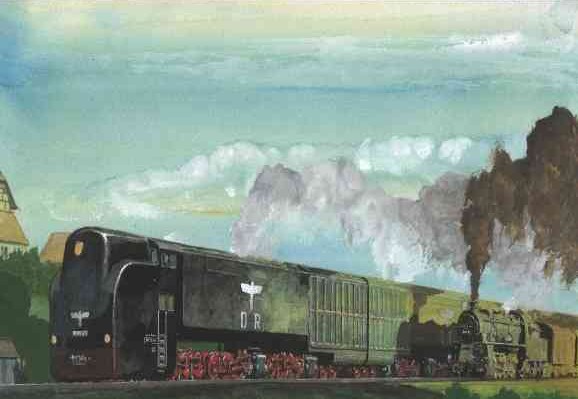


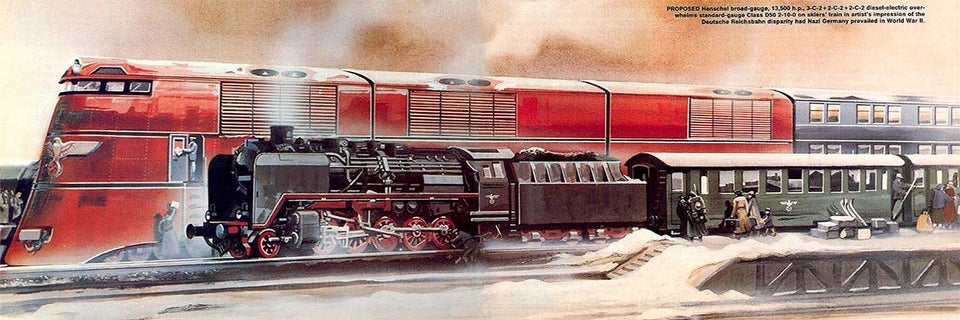
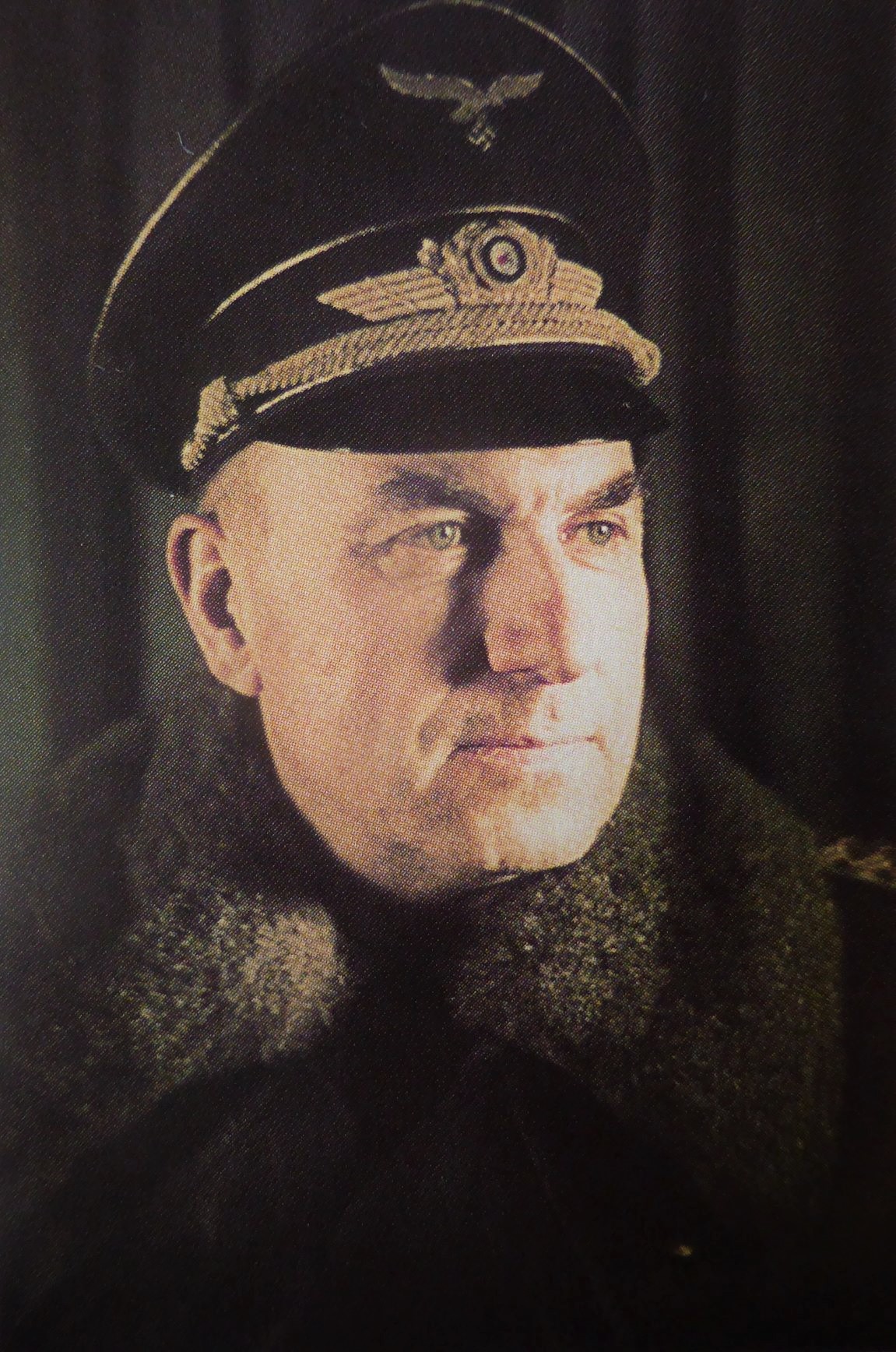



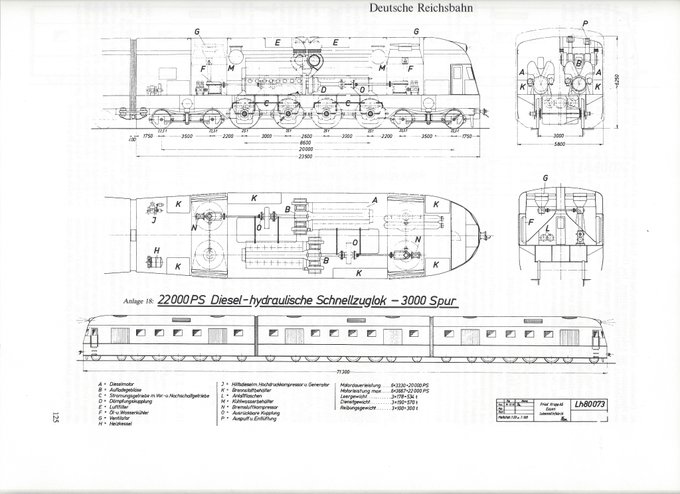
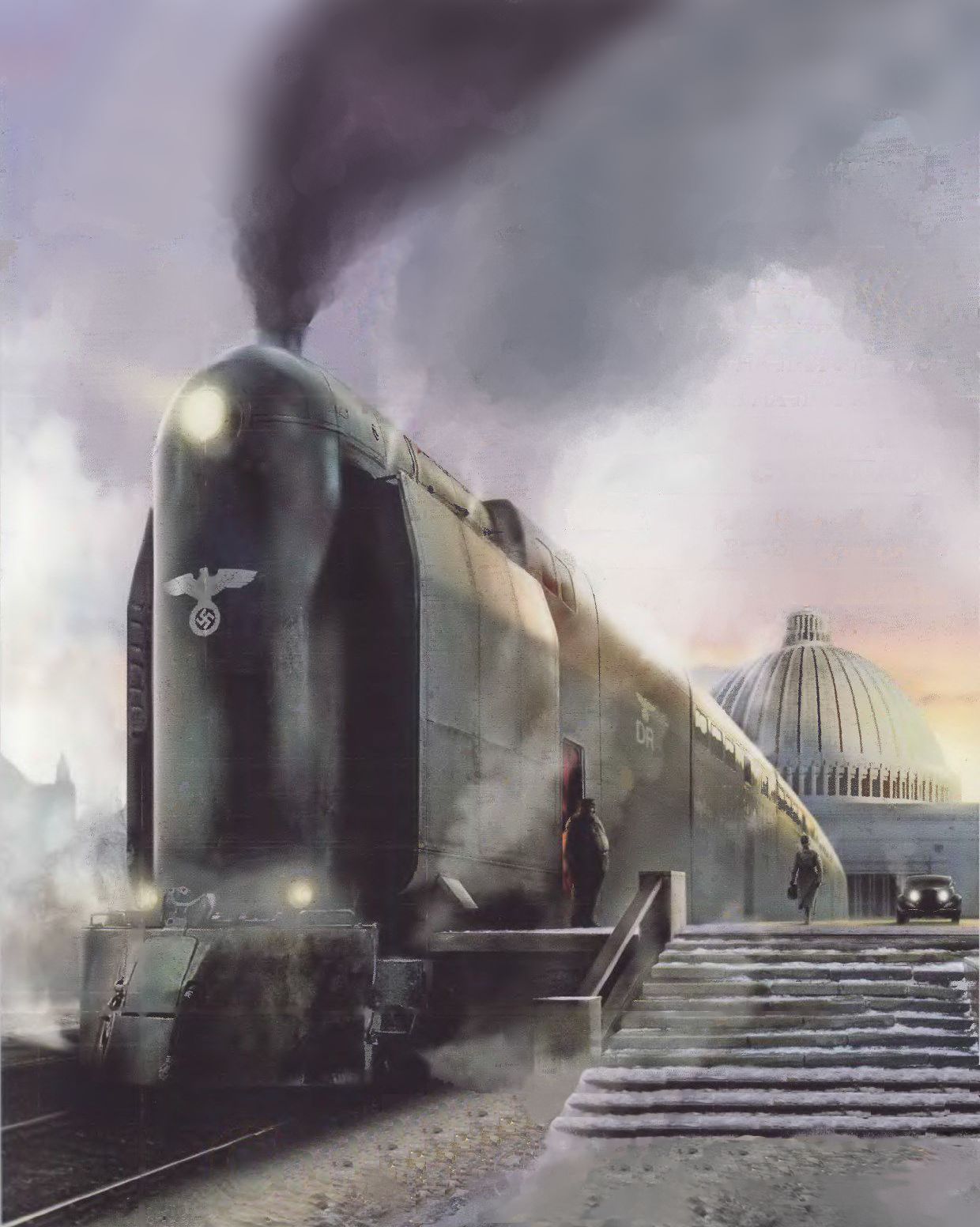


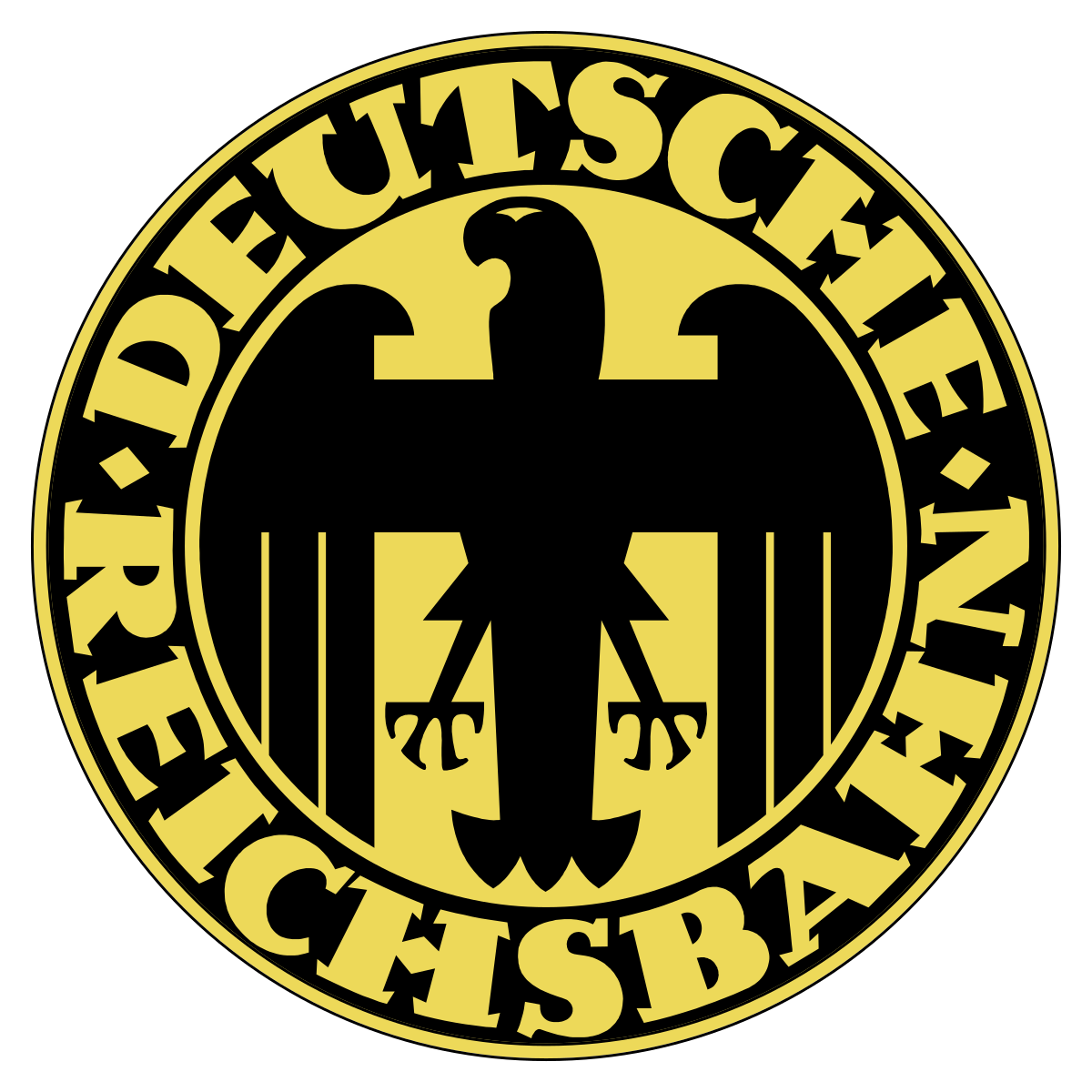













Reactions: Lightningsnake, Asra, AristocraticDragon666 and 3 others